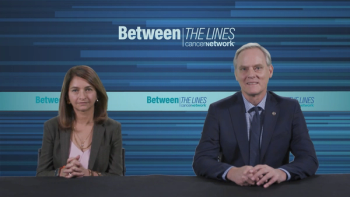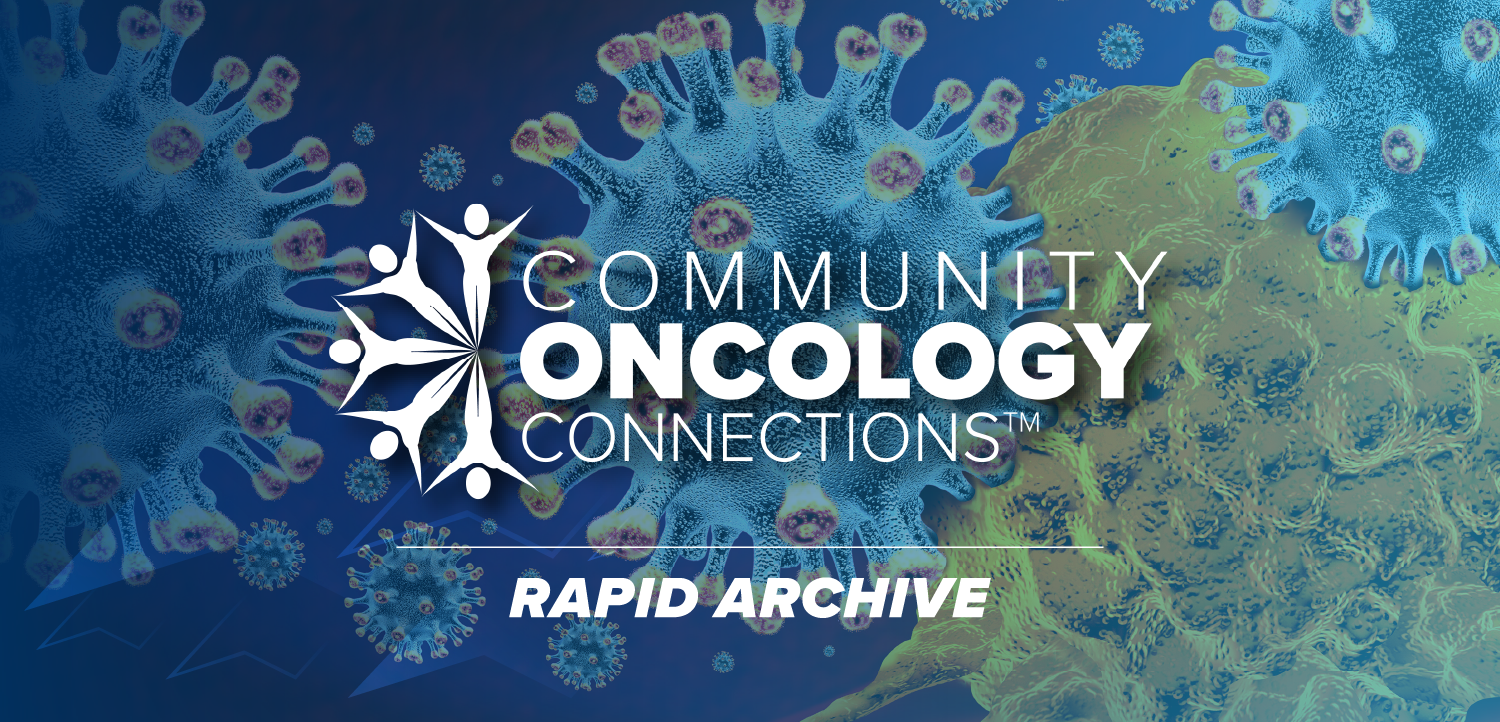
Navigating Treatment Choices in R/R FL: Patient Values and Shared Decision-Making
Panelists discuss how shared decision-making in treatment selection involves considering factors such as treatment convenience, efficacy duration, toxicity profile, access to care, and financial impact, ensuring that the chosen approach aligns with the patient’s preferences, lifestyle, and overall well-being.
Episodes in this series

Summary for Physicians:
When selecting among various treatment options for a patient, shared decision-making is essential. This approach involves engaging the patient in discussions about the treatment options, weighing the pros and cons, and considering their preferences and lifestyle. Key factors to consider in shared decision-making include the following:
- Treatment Convenience: Some patients prioritize oral regimens due to their ease of use, especially if frequent clinic visits are challenging or the patients have a busy lifestyle.
- Duration of Efficacy: Many patients value long progression-free survival, so therapies with durable responses may be preferred.
- Toxicity Profile: Patients often seek treatments that minimize adverse effects to maintain their quality of life, as severe toxicity (eg, fatigue, nausea, or immune suppression) can have a major impact on daily functioning.
In discussing these factors with patients, it's important to provide clear information on the risks and benefits of each option, tailoring the conversation to the patient's priorities. Some may prioritize life extension, while others may prioritize avoiding adverse effects or reducing the frequency of medical visits.
When considering shared decision-making more broadly, factors such as accessibility and financial concerns should also be addressed, as follows:
- Access to Care: Patients who live in rural areas or have limited access to health care may prefer oral therapies over those requiring frequent infusions or clinic visits. This consideration is particularly important for patients who may struggle with long travel times to medical centers.
- Transportation: For patients who have difficulty with transportation, oral medications or treatments with home infusion options may be more feasible and appealing than those requiring frequent clinic visits.
- Financial Impact: The cost of treatment can play a significant role in decision-making. Some patients may face financial strain due to high drug costs, even if oral medications might lower the need for hospital visits or infusions. It's essential to discuss potential out-of-pocket expenses, insurance coverage, and access to financial support programs.
In conclusion, shared decision-making should consider not only clinical aspects but also practical and financial factors, ensuring that treatment choices align with the patient's unique values and circumstances for optimal care and satisfaction.
Newsletter
Stay up to date on recent advances in the multidisciplinary approach to cancer.





















































































